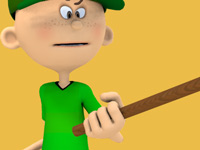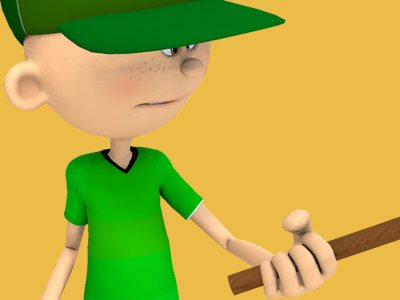Polo Ponies
The mounts used are called 'polo ponies', although the term pony is purely traditional and the mount is actually a full-sized horse. They range from 14.2 to 16 hands (58 to 64 inches, 147 to 163 cm) high at the withers, and weigh 900–1,100 pounds (410–500 kg). The polo pony is selected carefully for quick bursts of speed, stamina, agility and manoeuvrability. Temperament is critical; the horse must remain responsive under pressure and not become excited or difficult to control. Many are Thoroughbreds or Thoroughbred crosses. They are trained to be handled with one hand on the reins, and to respond to the rider's leg and weight cues for moving forward, turning and stopping. A well trained horse will carry its rider smoothly and swiftly to the ball and can account for 60 to 75 percent of the player's skill and net worth to his team.
Polo pony training generally begins at age three and lasts from about six months to two years. Most horses reach full physical maturity at about age five, and ponies are at their peak of athleticism and training at around age 6 or 7. However, without any accidents, polo ponies may have the ability to play until they are 18 to 20 years of age.
Each player must have more than one horse, to allow for tired mounts to be replaced by fresh ones between or even during chukkas. A player's "string" of polo ponies may number 2 or 3 in Low Goal matches (with ponies being rested for at least a chukka before reuse), 4 or more for Medium Goal matches (at least one per chukka), and even more for the highest levels of competition.
SPORTS

RESOURCES
This article uses material from the Wikipedia article "Polo", which is released under the Creative Commons Attribution-Share-Alike License 3.0.
© Stories Preschool. All Rights Reserved.









